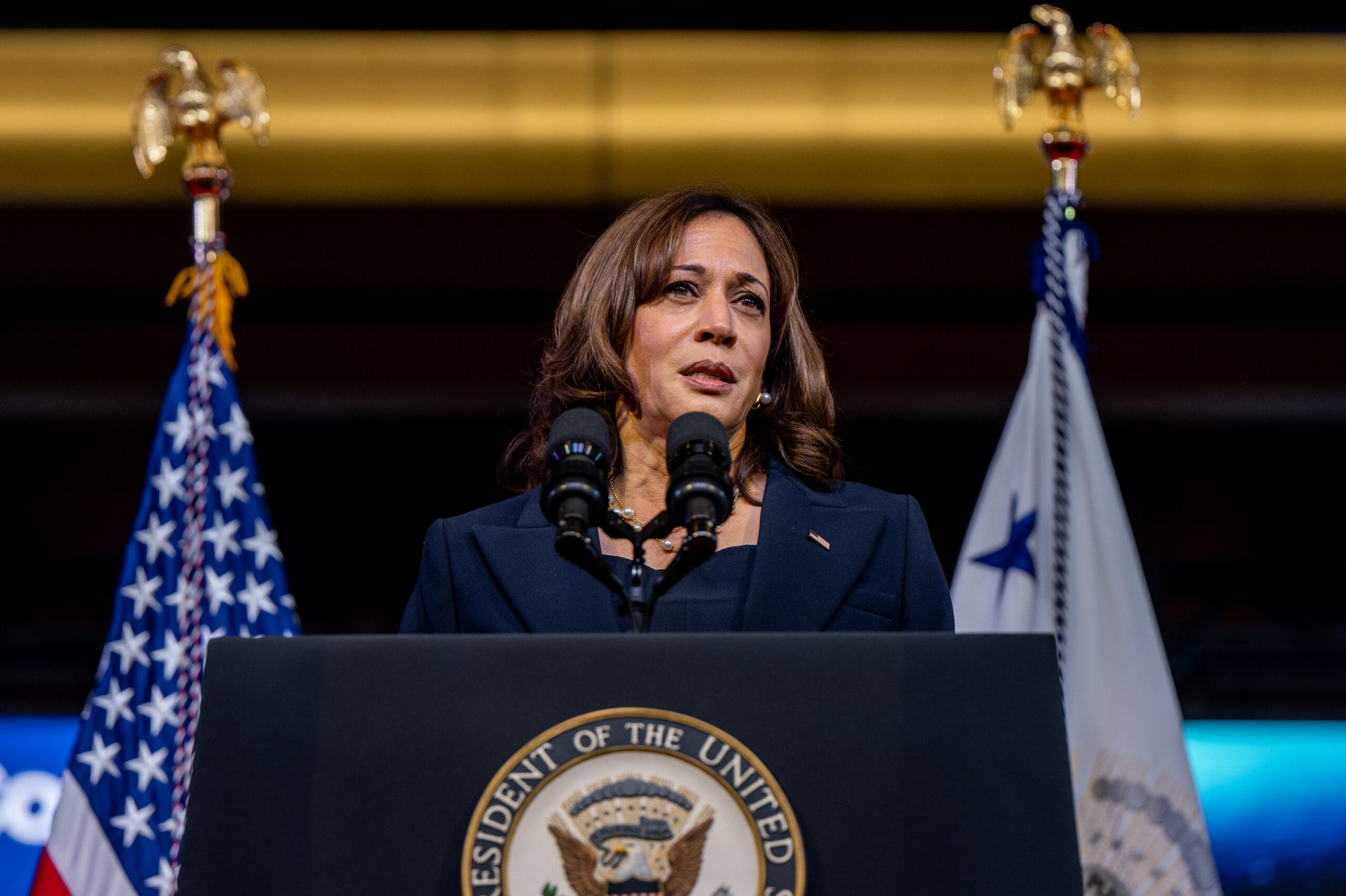
November 3, 2022
Vice President Kamala Harris Announces $13 Billion Plan To Combat High Energy Costs From Low Winter Temperatures
Vice President Kamala Harris has announced new steps that the Biden administration will take to help lower energy costs for Americans this winter.
ABC News reported that the U.S. Department of Health and Human Services (HHS) will provide $4.5 billion in assistance to help with heating costs for the Low-Income Home Energy Assistance Program (LIHEAP). The program has helped more than 5 million households across the country with their heating, cooling, and weatherization, according to the White House.
“In addition to covering home heating costs this winter and unpaid utility bills, the program will help families make cost-effective home energy repairs to lower their heating and cooling bills,” the White House said in a release.
The U.S. Department of Energy will reportedly allocate $9 billion in funds from the Inflation Reduction Act to help upgrade more than 1 million homes across the U.S. and decrease their energy bills. The funds will be used for two rebate programs: one for whole-home energy efficiency retrofits and one for highly efficient and electric home appliances.
“In addition to lowering costs, energy-efficient and electric building and appliance upgrades can reduce indoor and local outdoor air pollution, improving health in our communities,” the White House said.
“In addition, they will cut millions of tons of greenhouse gas emissions every year to help tackle climate change.”
Harris discussed the measure during a White House press conference on Wednesday.
According to the U.S. Energy Information Administration (EIA), almost half of U.S. households are heated using natural gas and their bills could increase by almost 30% this winter. Heating oil prices will increase by 27% and electricity prices will jump by 10%.
There are a number of factors contributing to the increase in energy costs, including inflation, the COVID-19 pandemic, and the Russia-Ukraine War which is entering its ninth month and shows no signs of slowing down.
The National Oceanic and Atmospheric Administration (NOAA) is predicting drier than average conditions this winter across the South and wetter than average conditions for the Ohio Valley, Great Lakes, Northern Rocky Mountains, and Pacific Northwest.
Oil CEOs are also beginning to caution people about the winter of 2023, which they’re expecting to be much worse.
“We’ve got a difficult winter ahead, and subsequent to that we’ve got a more difficult winter in the year ahead of that, because the production that is available to Europe in the first half of 2023 is considerably less than the production we had available to us in the first half of 2022,” Russell Hardy, CEO of major oil trader Vitol, told CNBC.
“So the consequences of energy shortage and therefore price escalation, all of the things that have been discussed here about the cost of living, the expectation of problems ahead, clearly need to be thought about in that context.”